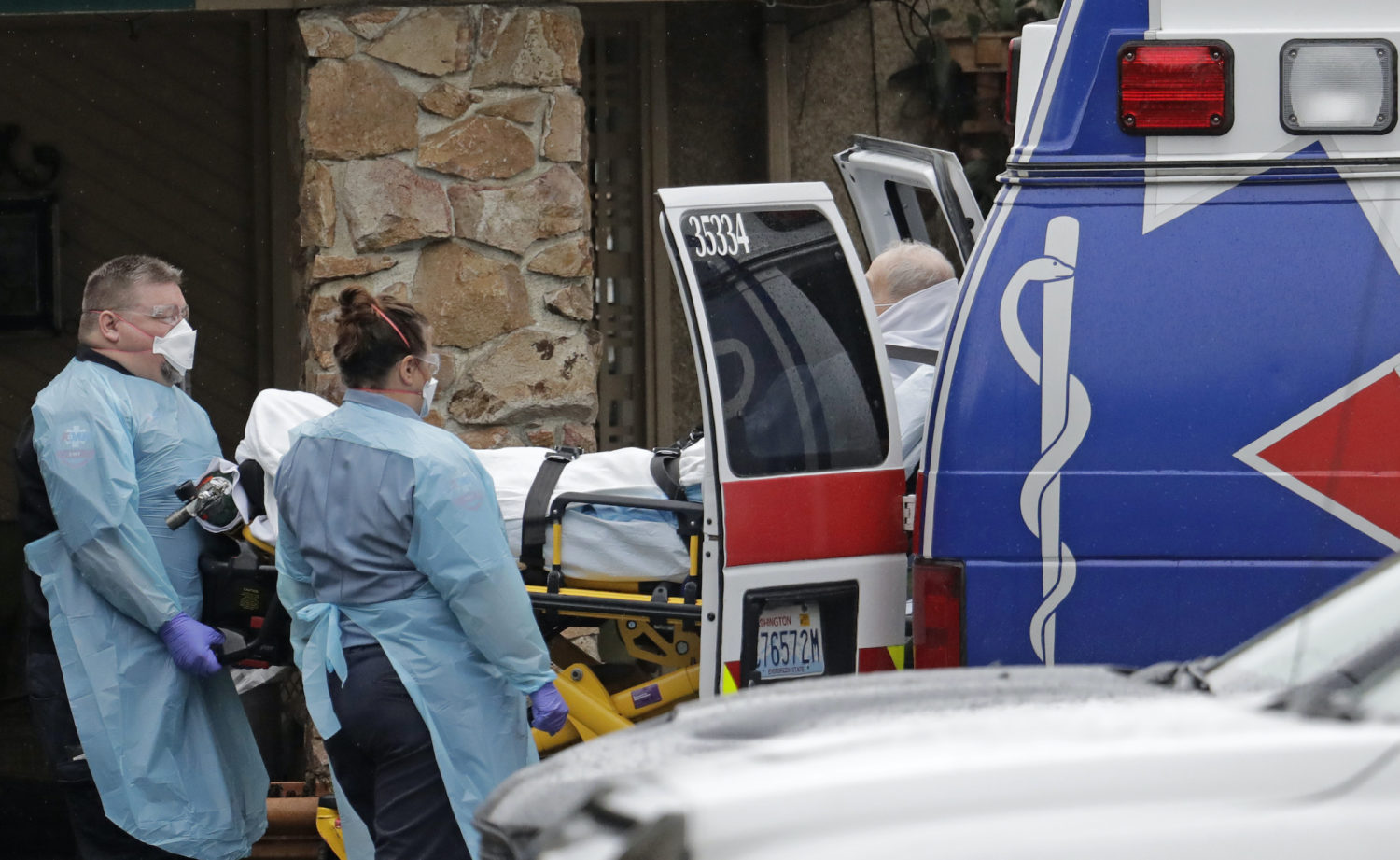As we enter the first full week of reporting on a nation operating under national emergency rules in response to the COVID-19 pandemic, the ethical challenges are mounting. Here are the questions I’ve heard via Twitter and from the clients who keep Poynter’s Craig Newmark Center for Ethics and Leadership on retainer.
When should you name people who have contracted the virus?
Confirmed infections are going to skyrocket as testing becomes more available. In every market and on every beat, interesting, newsworthy people will be tested.
What is your newsroom’s policy about who you name? Will you require original sourcing (on the record, off the record), or will you repeat the reporting of other journalists? This is first and foremost a medical diagnosis. Will you only quote the individual or a source who represents the individual? Or will you quote people who know second- or third-hand?
Recommendations:
- Report your own stories and rely on your wire services. Don’t repeat the reporting of another newsroom when it comes to revealing an individual who is infected. My colleague Cristina Tardáguila, associate director of the International Fact-Checking Network, demonstrated how reputable new agencies got the story wrong on the Brazillian president.
- Restrict sourcing to the individual, his or her family and other official representatives.
- If you are tempted to name someone without his or her permission for public health reasons (say, the person may have exposed hundreds of people), check first with the public health official in charge of the locality where you believe the exposure happened.
Does publishing images of ravaged grocery store shelves fuel further panic?
Yes, it’s true that there’s been a run on cleaning supplies, hand sanitizer, toilet paper and meat at grocery stores across the country. Certainly, newsrooms should document this.
And, it’s critical to add context to all that documentation. If the shelves are bare because the staff just hasn’t gotten the chance to get the reserve stock in place, then a photo of the restocking is more accurate than an empty shelf. Are grocers struggling to get supplies? Why and how long will the shortage last?
Recommendations:
- Edit images carefully, so that news consumers are seeing the big picture. Dominant images of barren shelves fuel further panic. But two or three images together provide a more complete understanding of the story.
- Give news consumers context about when they can expect local stores to receive more supplies.
- Avoid distortions. One grocery store may be out of toilet paper. But if two more stores in the same neighborhood are stocked, then the image of an empty shelf is the exception, not the rule.
How do you document the 98% who get sick and recover?
While most news consumers are well aware of the 2% or lower mortality rate from COVID-19, there is a significant amount of fear. That’s because in journalism we are drawn to the dramatic, which in this case means those who die or get critically ill.
Yet, because it is likely that many of us will contract the virus, it would be helpful to hear a range of stories about the experience of being sick.
Recommendations:
- Look for stories of recovery that you can share with your audience.
- When talking to health professionals, ask them to describe the full range of affliction.
- Keep track of how many stories of death and how many stories of recovery you tell. Make sure it’s not too far out of balance.
How can journalists do shoe-leather reporting in an age of social distancing?
Not everyone can work from a sealed home office. Television reporters, audio reporters, photographers and videographers all have to get out in the field. Also, even if you can report from a distance, the story is always better if you get up close. But how do you balance the need to report from the field with the need to keep journalists safe and prevent contagion?
Recommendations:
- Ensure journalists in the field have cleaning equipment, soap and hand sanitizer. Same for those working in shared spaces like control rooms or editing bays.
- Don’t force anyone to go beyond their comfort zone. Discuss personal risks and make accommodations for journalists who need them.
- Rather than forsake field interviews, identify ways to do them while respecting six-foot social distancing standards. Do interviews in front yards or on front porches, rather than inside homes. Allow interview subjects to stand further away from reporters than is normally acceptable. Don’t shake hands.
- Be sure to seek diverse voices for stories. Retreating to phone or email interviews and finding stories via social media runs the risk of amplifying your filter bubble. Work against that.
It’s always been a challenge with an all-consuming and rapidly-evolving news event to avoid herd decision-making. The competitive spirit of journalism combined with the stretched-thin nature of newsroom staffing make us blind to reporting and publishing alternatives that are always available in any given scenario.
Ask questions, lots of questions, about the impact of your work, of your bosses, your peers, your audience, your pals outside the newsroom, and the team you work with. These are the times where every individual in a news organization must commit to fully participating in ethical decisions.
Don’t let the pace of work suppress your instinct to give voice to the nagging concerns that linger in the back of your mind. Own every action you take.
The Craig Newmark Center for Ethics and Leadership is here to help. Tweet your questions to me @kellymcb or email us at ethics@poynter.org.
Kelly McBride is Poynter’s senior vice president and the chair of the Craig Newmark Center for Ethics and Leadership at Poynter. She can be reached at kmcbride@poynter.org or on Twitter at @kellymcb.







